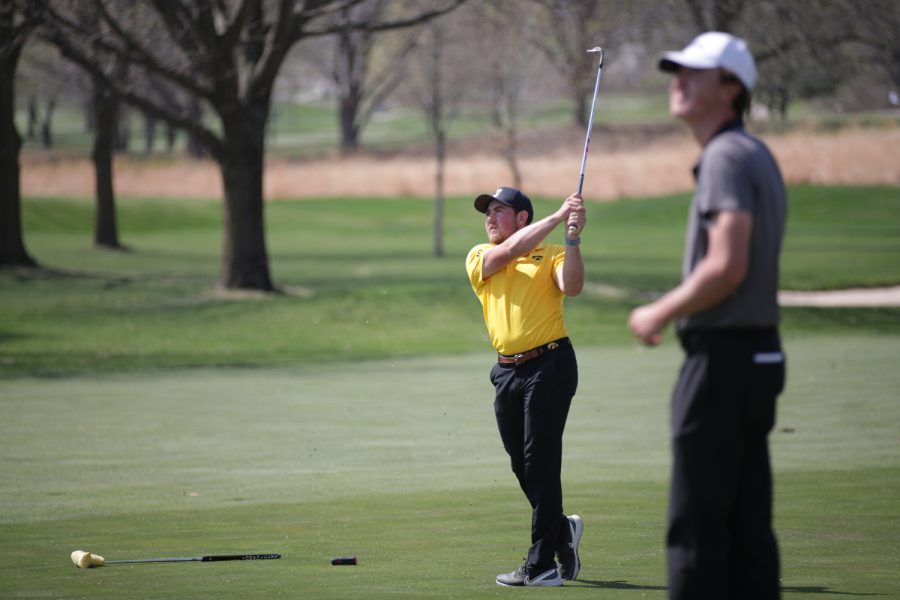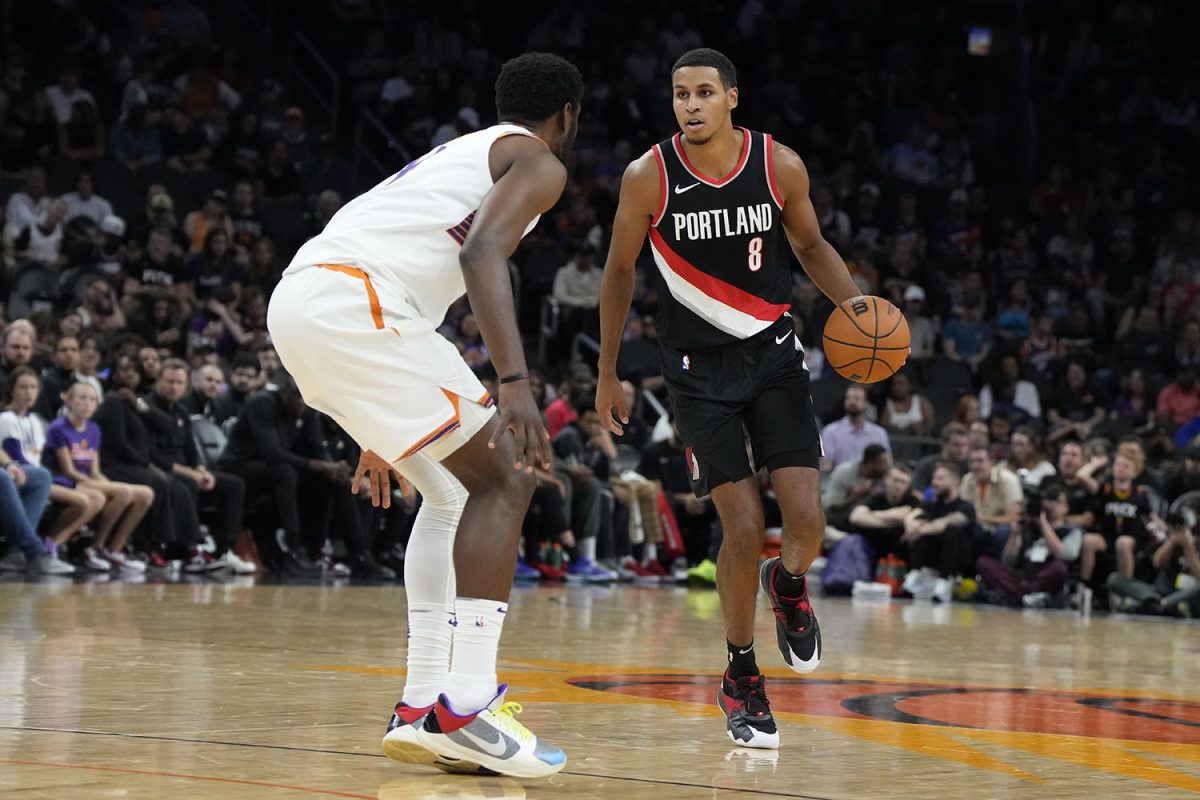THE SPORTING DISCOURSE is a weekly column that discusses relevant issues in the college sporting world.
“In college basketball, no longer are there student-athletes, it’s an athlete-student.”
This is what my roommate told me when I asked him if he thought the one-and-done model in college basketball was working. Yes, my first source is a 20-year-old college student, but he brings up a valid point.
The recent phenomenon of players going to college for one year and then leaping to the NBA is hurting college basketball, or at least what college basketball and college sports should be about — which is giving players a free education in exchange for representing the university in uniform.
The Hawkeyes haven’t experienced the one-and-done athlete, but plenty of other schools have. A single year in school, though, is much like going straight to the NBA, because many of the usual eligibility rules won’t apply.
Numerous reports came out in early 2010 about Kentucky’s Daniel Orton not attending a single class his second semester because he knew he was going to make the jump and that academic eligibility would not affect his status with the team.
Enter a recent story by Yahoo! Sports that reported about two-thirds of the NBA’s owners are in favor of changing the system to require prospective players be at least two years out of high school or at least change the minimum age to 20.
This isn’t the solution, although no one may know what the best solution is.
The problems with the current system are obvious. First, a student doesn’t have to be a student if he only plans on going for one year. Requiring two years in school fixes this type of behavior at least in the first year, but still defeats what should be the purpose of college athletics.
In the current model, or any model in which kids can leave school early — note that this does not include kids going straight from high school to the NBA — the purpose of school is still defeated. An athlete-student can get credits, but there is no reason to finish school if millions await with the NBA.
Which is why, to me, there are only three possible solutions, only two of which are actually viable.
Keep in mind that in every situation, there are four major parties that can benefit from a successful player: the school, the NCAA, the player himself, and the NBA.
One is utopian, in which a player may not play professional basketball without a degree from a four-year institution. This is probably the best for everyone but the NBA, which may lose out on certain talent and would have to wait too long for great players and a few injured players (“Greg Oden would be broke,” one of my friends said). Won’t happen, let’s move on.
Second is the old model, in which anyone can leave at any time, and can go from high school to the league if they want. This is the best model for the parity of college basketball and for the players who will eventually be in the NBA — because they can make money immediately. Yet, the NBA may again become flooded with high-school flameouts because many teams draft on potential and not proven talent.
Last, a solution that hopefully benefits all involved. Raise the minimum to two years in college and then allow the student to finish his final two years of education — paid for by the school — at some point if he left the college in good academic standing. Whether it’s because of injury or just because of the pride of degree, then a college can help its student-athlete become educated, even after leaving the school.
Also, there’s no more one-and-done, the NBA still gets its way, and the NCAA finally gets some good publicity.
Although a world in which every party benefits may be too obvious a solution.






